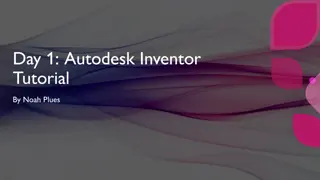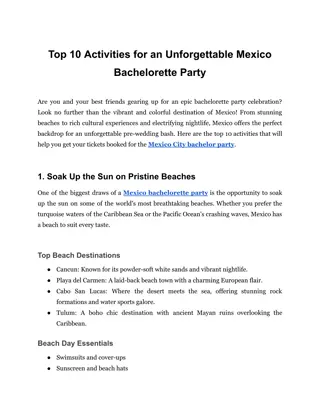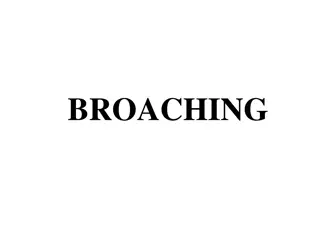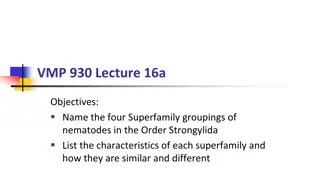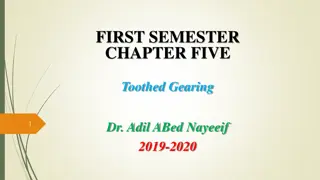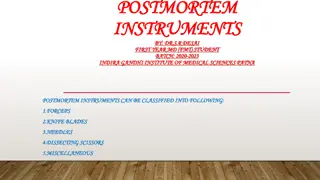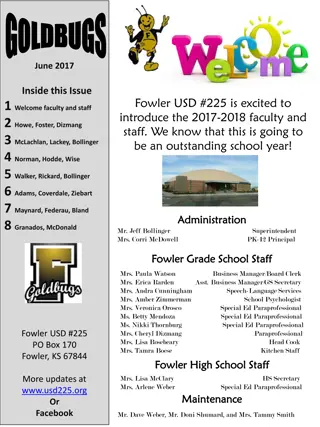Toothed Gearing
Dive into the world of toothed gearing with this detailed exploration of gear mechanisms. Learn about different types of gears, their applications, and how they work together to transmit motion efficiently and effectively. Discover the importance of tooth profiles, gear ratios, and gear trains in various industries such as automotive, manufacturing, and robotics. Gain a deeper understanding of the fundamental principles behind toothed gearing and its vital role in machinery and equipment.
Download Presentation

Please find below an Image/Link to download the presentation.
The content on the website is provided AS IS for your information and personal use only. It may not be sold, licensed, or shared on other websites without obtaining consent from the author.If you encounter any issues during the download, it is possible that the publisher has removed the file from their server.
You are allowed to download the files provided on this website for personal or commercial use, subject to the condition that they are used lawfully. All files are the property of their respective owners.
The content on the website is provided AS IS for your information and personal use only. It may not be sold, licensed, or shared on other websites without obtaining consent from the author.
E N D
Presentation Transcript
Advantages and Disadvantages of Gear Drive Advantages 1. It transmits exact velocity ratio. 2. It may be used to transmit large power. 3. It has high efficiency. 4. It has reliable service. 5. It has compact layout. Disadvantages 1. The manufacture of gears require special tools and equipment. 2. The error in cutting teeth may cause vibrations and noise during operation.
Classification of Toothed Wheels 1. According to the position of axes of the shafts. (a) Parallel, (b) Intersecting, and (c) Non-intersecting and non- parallel.
2. According to the peripheral velocity of the gears. (a) Low velocity, (b) Medium velocity, and (c) High velocity. The gears having velocity less than 3 m/s are termed as low velocity gears and gears having velocity between 3 and 15 m/s are known as medium velocity gears. If the velocity of gears is more than 15 m/s, then these are called high speed gears.
3. According to the type of gearing. (a) External gearing, (b) Internal gearing, and (c) Rack and pinion.
4. According to position of teeth on the gear surface (a) straight, (b) inclined, and (c) curved.
Circular pitch, pc = D/T where D = Diameter of the pitch circle, and T = Number of teeth on the wheel.
Module. It is the ratio of the pitch circle diameter in millimeters to the number of teeth.




